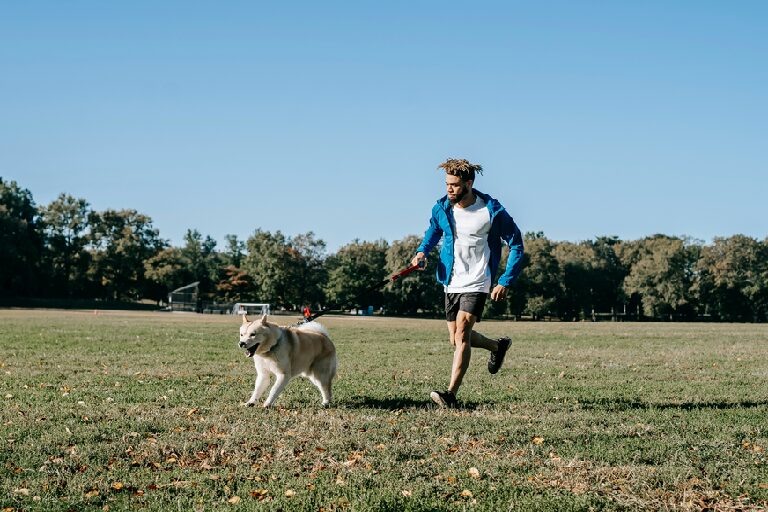Fitness and Mood

Exercise is the best way to improve your mood and is more effective than eating, sleeping or talking to friends. Studies have shown that for those suffering from Major Depressive Disorder, physical activity has an effect equal to medication. Even low intensity activities like walking or stretching improve an individual’s calmness, sense of hope and his or her mental outlook. Group classes are especially helpful as they strengthen relationships with others while providing the opportunity to form new friendships and learn skills, routines and safe habits.
A 2009 study in Psychology of Sport and Exercise found that low-intensity aerobic exercise lasting 30 to 35 minutes, 3 to 5 days per week for 2½ plus months was best for increasing positive moods like alertness and enthusiasm. Starting a journal can help you establish a fitness routine, while training for a specific event (like a 5K) and/or finding your fitness “why” will help you stay motivated. (Rather than having goals based on your physical appearance, aim for more reps or running further, etc.) Exercising with a buddy will make you more accountable to your fitness targets. Look at your calendar and add exercise to your week by making fitness appointments with yourself and then honoring them. Schedule workouts for the times when your energy level is highest, wear comfortable clothes and focus on activities you enjoy. Reward yourself afterward with a hot shower, a healthy smoothie or an extra episode of your favorite show.
Examine your daily actions and ask, is this the best decision for my health? Doing a few crunches, jumping jacks, planks, push-ups and/or squats to break up studying not only promotes fitness, but also helps to keep your brain alert and focused. Try Running Meditation during which your pace is slower than usual and you focus on the environment and how your body feels. Do not listen to music and if you feel your attention wandering, concentrate on your breathing. Even modest amounts of exercise, like washing your car, can make a significant difference, regardless of your age or fitness level.
As a result of quarantine, many virtual options exist, including fitness blogs, online personal trainers and exercise videos. SofaBar Fitness on YouTube has a variety of workouts from figure skater Sofie Barnova, including beginner and stretching ones, while the Johnson & Johnson Official 7 Minute Workout® App offers free personalized workout experiences. Zombies, Run! is a free game that turns runs into interactive missions, including chase music and gathering supplies. Dancing, martial arts, Ultimate Frisbee and yoga are all ways to exercise without a gym membership, and fitness equipment can be as simple and inexpensive as a set of dumbbells and a jump rope. Bodyweight exercises require only your own weight for a workout.
Exercise often leads to better sleep, lower levels of anxiety and stress, an improved mood, and a reduction in the effects of Attention-Deficit/Hyperactivity Disorder on concentration, memory and motivation. The best workouts are the ones that keep you interested and fit into your schedule. Finally, frequency is more important than intensity. Any amount of exercise is better than none at all and provides a healthy way to deal with the emotional challenges that typically accompany mental health conditions.